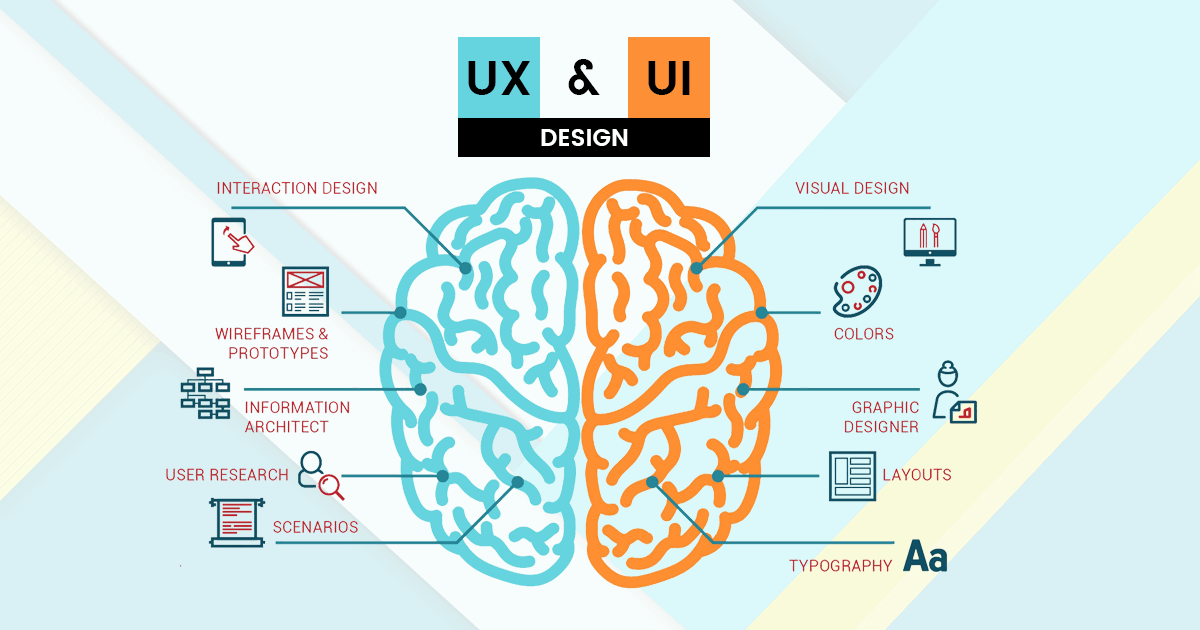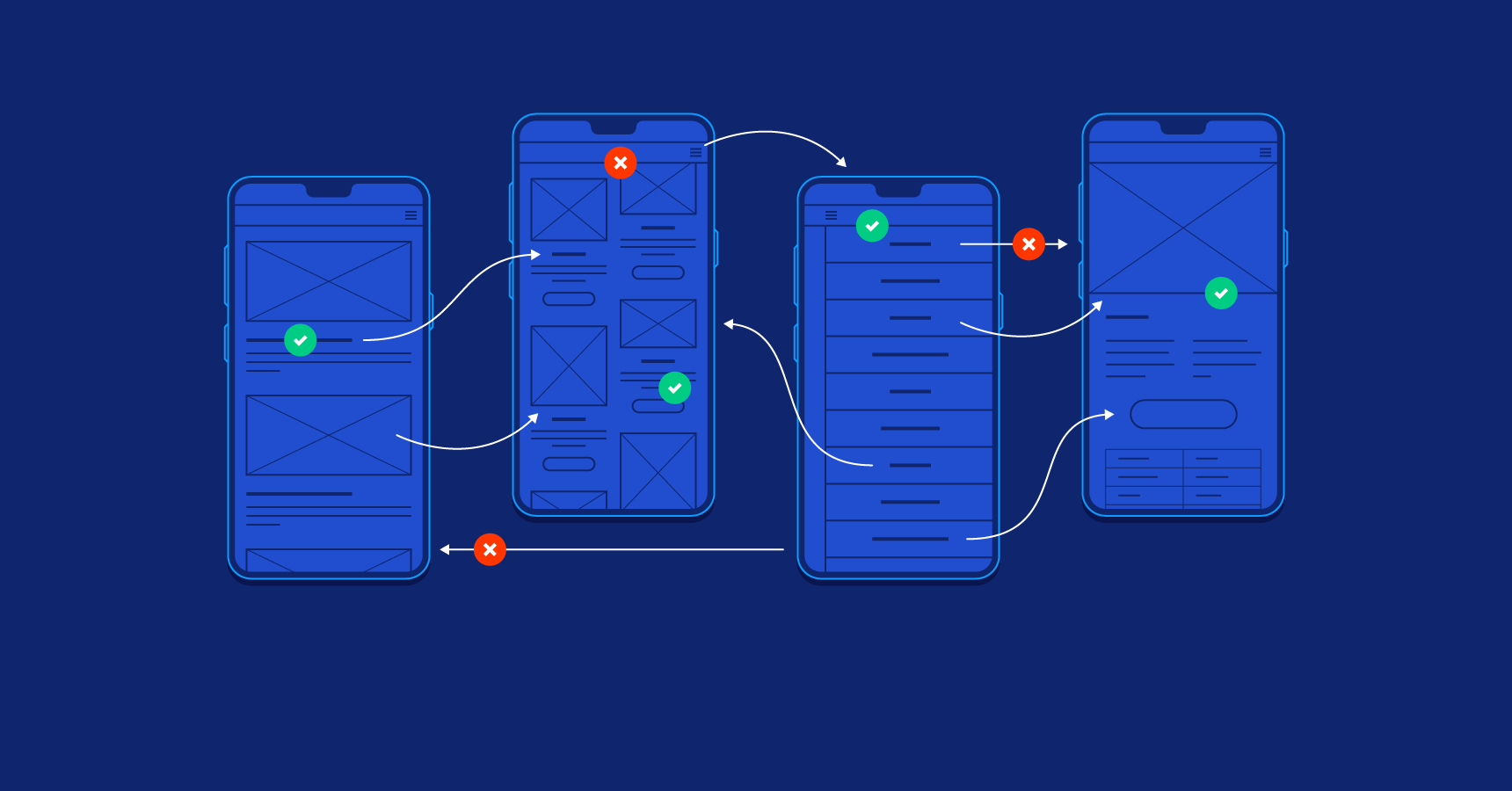User Experience (UX) design plays a critical role in creating digital products that are intuitive, efficient, and enjoyable for users. In this guide, we will explore the essentials of UX design and provide practical tips for creating user-friendly interfaces.

1. Understanding User Experience (UX) Design:
a. Definition: UX design focuses on enhancing user satisfaction by improving the usability, accessibility, and overall interaction between users and digital products.
b. User-Centered Approach: UX design prioritizes the needs, goals, and behaviors of users throughout the design process.
c. Importance of UX Design: Good UX design can lead to increased user engagement, improved conversion rates, and enhanced brand loyalty.
2. User Research and Analysis:
a. User Personas: Develop fictional representations of your target users based on research and insights about their demographics, behaviors, goals, and motivations.
b. User Interviews and Surveys: Conduct qualitative and quantitative research to gather valuable feedback and insights directly from your target users.
c. Usability Testing: Evaluate the usability of your design by observing and collecting feedback from users as they interact with your product.
3. Information Architecture and Interaction Design:
a. Clear and Intuitive Navigation: Organize and structure content in a logical and hierarchical manner to enable easy navigation and information retrieval.
b. User Flows and Wireframes: Create visual representations (such as wireframes or flowcharts) that outline the user’s journey and interactions within the product.
c. Interaction Patterns: Utilize established interaction patterns and conventions to ensure familiarity and ease of use for users.
d. Responsive Design: Optimize your interface to provide a seamless experience across different devices and screen sizes.

4. Visual Design and Branding:
a. Consistent Visual Language: Create a cohesive visual identity that aligns with your brand and resonates with your target users.
b. Typography and Readability: Select appropriate fonts, font sizes, and spacing to enhance readability and legibility of your content.
c. Color and Contrast: Use colors strategically to convey meaning, create visual hierarchy, and ensure sufficient contrast for accessibility.
d. Visual Hierarchy: Employ visual cues (such as size, color, and placement) to guide users’ attention and prioritize information.
5. Usability and Accessibility Considerations:
a. Simplify and Streamline: Remove unnecessary elements and steps to streamline the user experience and reduce cognitive load.
b. Error Prevention and Handling: Design error prevention mechanisms and provide clear error messages to guide users and prevent frustration.
c. Accessibility Standards: Ensure your design is accessible to users with disabilities by following accessibility guidelines and best practices.
d. Performance Optimization: Optimize loading times and responsiveness to provide a smooth and efficient user experience.
6. Iterative Design and Continuous Improvement:
a. Prototyping and Testing: Create prototypes to gather feedback and iterate on your design before implementation.
b. A/B Testing: Test different design variations to understand which performs better and make data-driven design decisions.
c. Analytics and User Feedback: Utilize analytics tools and gather user feedback to gain insights and identify areas for improvement.
d. Iterative Design Process: Embrace an iterative approach, continuously refining and enhancing your design based on user insights and evolving needs.

Conclusion:
Creating user-friendly interfaces through effective UX design is essential for building successful digital products. By understanding your users, conducting research, and applying user-centered design principles, you can create intuitive, accessible, and visually appealing experiences. Continuously iterate on your designs based on user feedback and leverage data-driven insights to ensure continuous improvement. Remember, a great user experience not only delights users but also contributes to the success and growth of your product or service.